Saab, a brand that holds a special place in the hearts of many for decades was manufactured in Finland’s Uusikaupunki car factory. Among the most nostalgically revered models is the Saab 900, a name that brings back fond memories. In this article, we explore the dream of resurrecting this iconic model and what it could look like in the future, with insights from AI.
It’s important to note that the AI used for this creative endeavor adheres strictly to copyright and intellectual property rights. It does not incorporate existing logos, brand insignias, or mimic the design language of previous Saab generations created by talented designers who contributed to the brand’s heritage. Instead, it envisions a future Saab 900 that respects the legacy while treading new design paths, all within the boundaries of legal and ethical considerations. Let’s delve into this imaginative journey.
We embrace the imaginative power of AI while acknowledging its limitations. We explore the AI-generated visions of the Saab 900’s future, always keeping in mind that true automotive design is a blend of heritage, innovation, and human expertise. Let’s delve deeper into the intriguing world of AI’s creative interpretations.
Table of Contents
The Vision of the Future Saab 900
To envision the return of the Saab 900 in 2030, we turned to the DALL·E AI. We provided the AI with references, including images of Saab models from the early 2010s, to guide its understanding of Saab’s design direction before the brand’s hiatus.
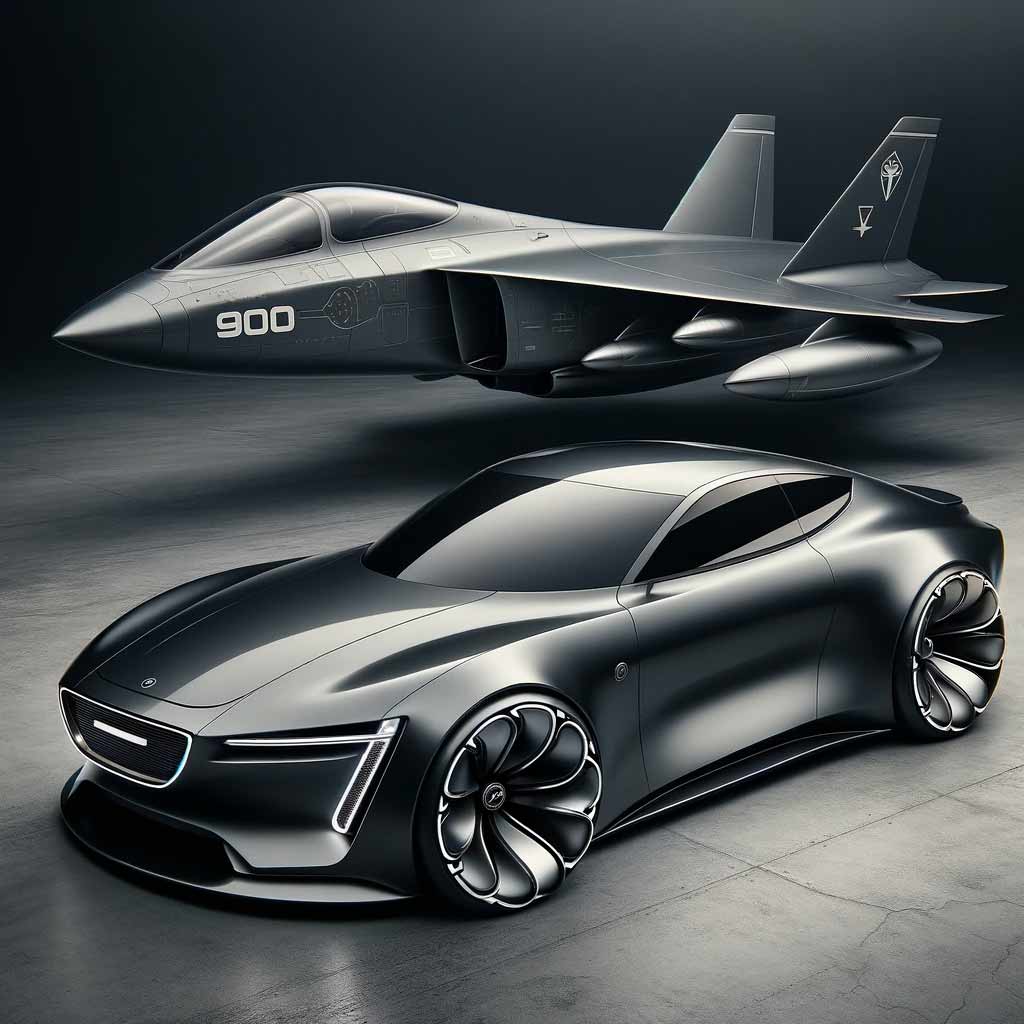
The AI’s results varied, often producing elements that fit the Saab legacy but falling short of a cohesive whole. One challenge was reconciling the old Saab 900 with a modern reinterpretation. Initially, the AI’s images resembled a mishmash of fictional concepts from an 2008 Geneva Auto Show.
It was only when we introduced images of 2010s Saabs that we began to see results with a more contemporary appearance. However, this transformation also made the end result look less like a Saab 900 and more like an evolution of the Saab brand. But, considering the 45-year gap in automotive design, this might not necessarily be a wrong outcome.
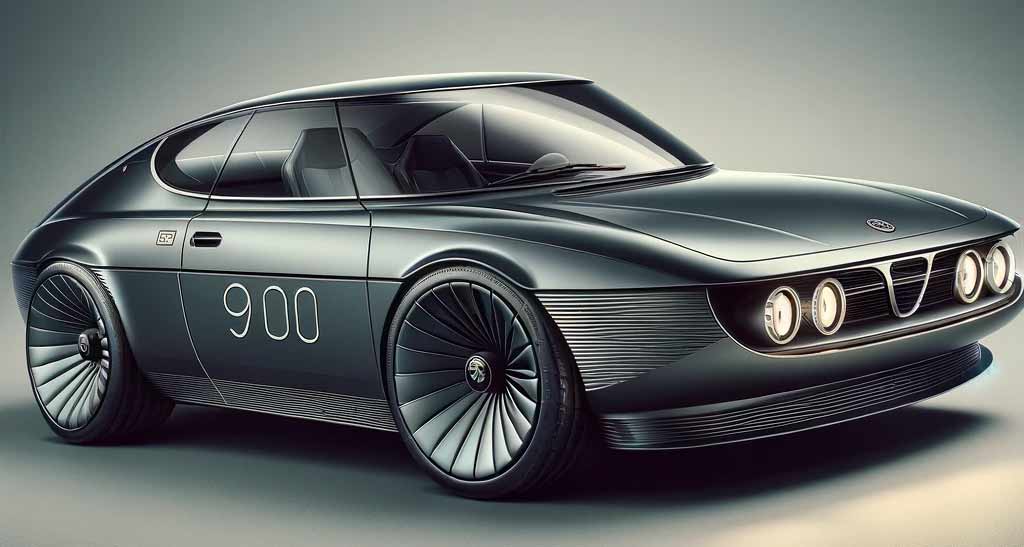
The Interpretation
Judging the quality of the AI-generated images is subjective. Nevertheless, our editorial team found this experiment intriguing and fun. It highlighted the challenges of bridging the gap between an old classic and a modern vision.
It’s important to highlight that these AI-generated visions of the future Saab 900 are a product of intricate amalgamations of various car images, drawn from a wide spectrum of automotive history. As you can guess from several iterations of creating visions of imaginary Saab cars of the future, most of the new models are based on a complex mix of existing car images that have ever been fed into some graphical AI tool.
While AI offers remarkable capabilities, it’s crucial to remember that it operates based on patterns and data it has been trained on. True creativity and intelligence still elude it. AI is more an emulation of intelligence than genuine human insight. It can provide fascinating glimpses into potential directions, but it cannot replace the ingenuity and artistic touch of human designers who have shaped the automotive industry throughout the years.
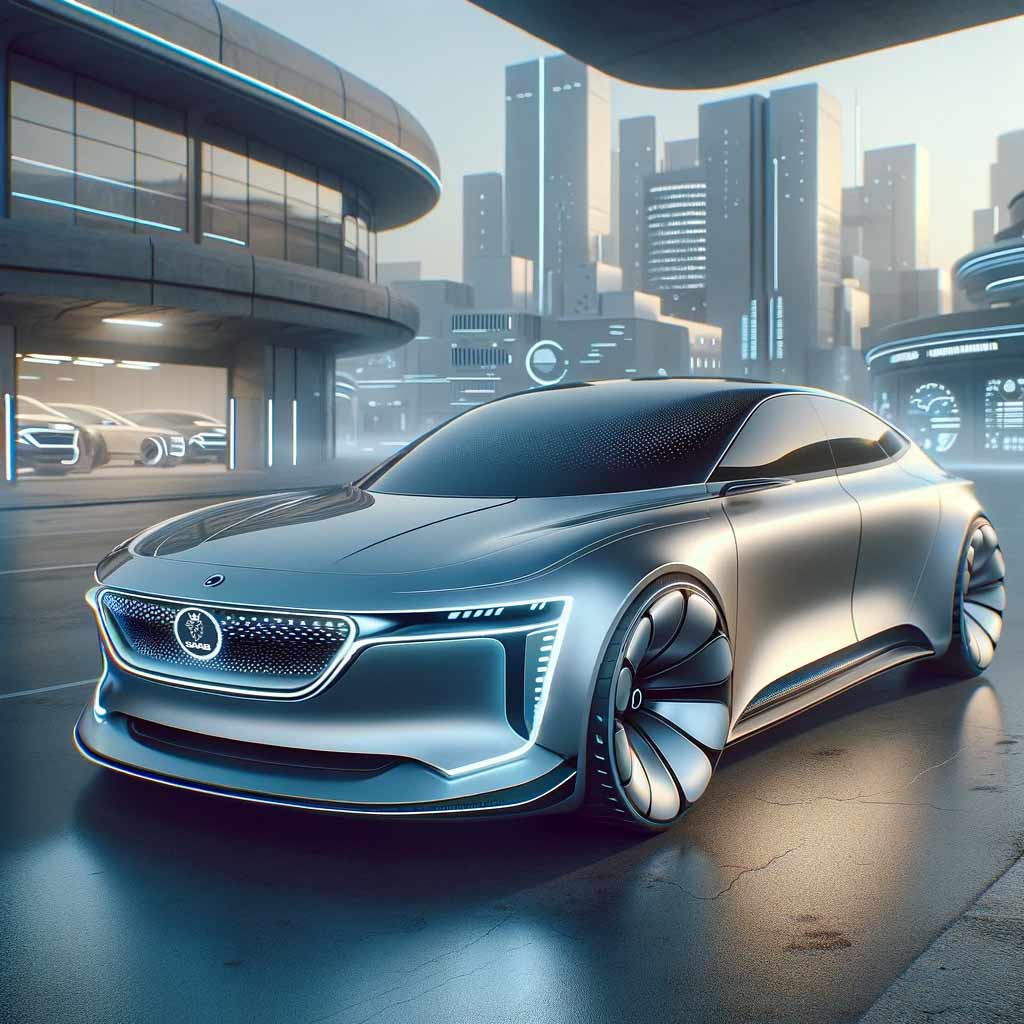
Reality Check
While the AI experiment was exciting, it remains a figment of imagination. Saab enthusiasts will have to content themselves with admiring used Saabs for the time being.
Since there are no new Saabs on the market, fans of the brand must explore the range of used Saabs. You can find them all over the world on specialized websites for the sale of used cars. These vintage Saabs not only offer a chance to own a piece of automotive history but also provide a unique driving experience that modern cars often can’t replicate.
Yet, Saab enthusiasts are also eagerly awaiting the realization of the NEVS Emily GT project, a promising venture that carries the rich heritage of Saab into the future. While the project’s realization is still pending, it holds the potential to capture the essence of Saab’s innovation and design philosophy in a modern context.
The Emily GT project represents a bridge between the brand’s storied past and a future filled with possibilities, where Saab’s legacy may continue to thrive. As we explore the AI’s imaginative take on the Saab 900’s future, we also keep an eye on developments like the Emily GT project, reminding us that the Saab spirit remains alive and well.
“Good Old Saab 900 it is the only real Saab”
The Saab 900 holds a special place in the automotive world and the hearts of its enthusiasts. Some believe that “it is the only real Saab“, and that all models after this one “are not real Saab cars“.The vision of its return, as seen through the lens of AI, offers a tantalizing glimpse into a “potential” future. While the AI’s results may not perfectly capture the essence of the Saab 900, they spark imagination and curiosity, reminding us of the enduring appeal of this iconic model.






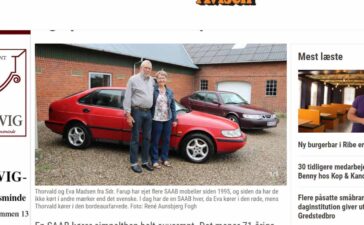


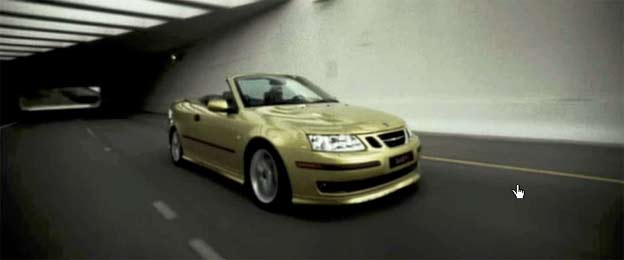

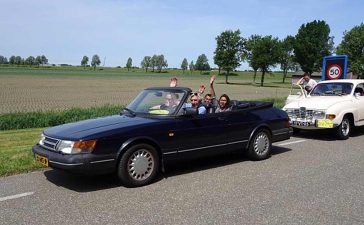
Thank you for this excellent paper on AI applications, their limitations and not made for innovation.
Of course I love the Saab 900, (I posses one myself), but also other models all possess particular qualities, innovations as a continuum from the 900. Even if some qualités were lost (we all know well why). So imagining a new rebirth of Saab is a more complex task. The Emily GT proposal is as far as I can appreciate only a part of the solution. Saab is good driving experience, safety, construction quality excellent ergonomics , and practical !! So Emily misses some but is probably designed to seduce buyers of the know-how but I would have liked to see a little more Saab design than Emily, despite all of her top-qualities.
Just my point of view , I don’t pretend to « know », but am an industrial designer who loves Saab design.
So keen to have any feedback, replies !!
Nils
Design a hockystick and streshdown centergrill = Saab :)
I love Saab, but i would like to see it’s safety and durability in an economical viable concept instead of wild projects …